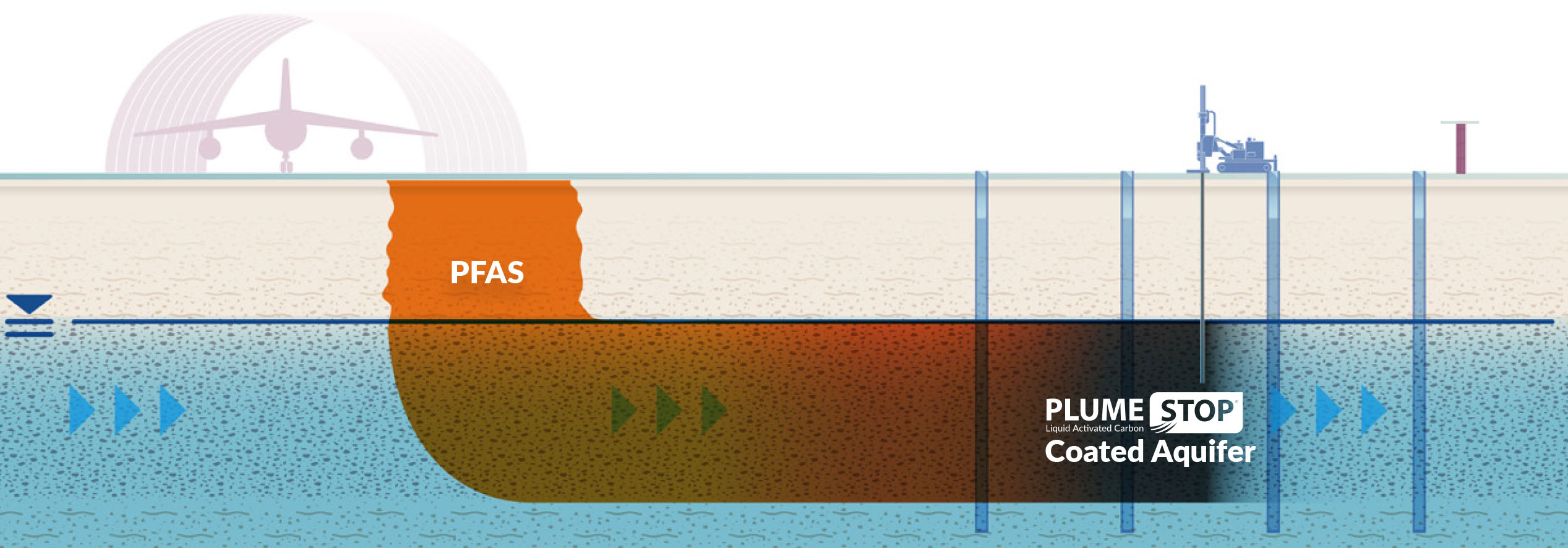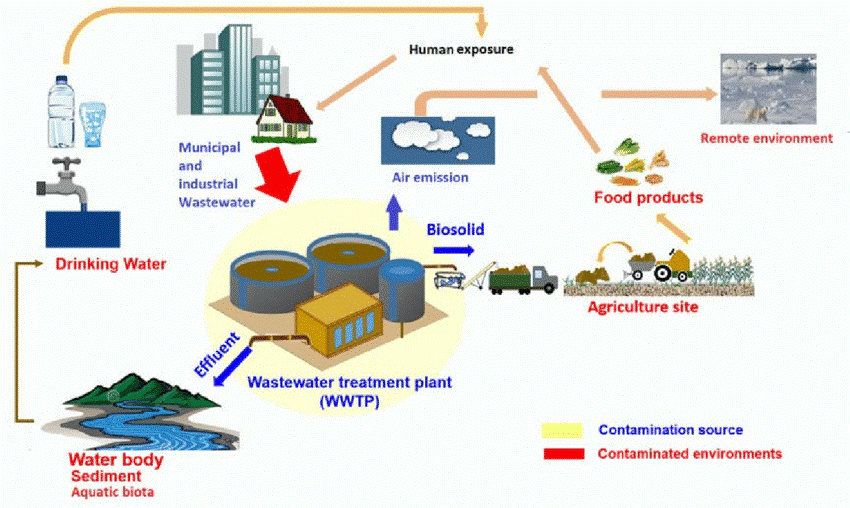PFAS Waste Management in Industrial Operations to Minimize Environmental Harm
Your Guide to PFAS Therapy Technologies and Advantages
The prevalence of PFAS contamination in water resources demands a thorough understanding of readily available treatment innovations. Each technology not only targets specific PFAS substances yet likewise plays a crucial function in enhancing total water high quality and shielding ecological stability.
Understanding PFAS Contamination
Comprehending PFAS contamination is critical for resolving its prevalent effect on ecological and human health (m270 pfas treatment). Per- and polyfluoroalkyl compounds (PFAS) are a team of synthetic chemicals extensively utilized in various commercial and customer items as a result of their water- and grease-resistant buildings. Frequently discovered in firefighting foams, non-stick kitchenware, and water-repellent materials, PFAS have entered the atmosphere through production procedures, wastewater discharges, and leaching from garbage dumps
When released, these materials continue the setting, leading to widespread contamination of dirt and water resources. Their one-of-a-kind chemical structure, characterized by strong carbon-fluorine bonds, provides them immune to degradation, causing a sensation referred to as "for life chemicals." PFAS can collect in the human body and the food chain, potentially triggering negative health effects, consisting of immune system disruption, developmental issues, and a boosted risk of certain cancers cells.
Regulative firms and health and wellness organizations are significantly recognizing the importance of PFAS contamination, motivating efforts to keep an eye on, assess, and mitigate its effects. Comprehending the pathways of PFAS contamination is important for notifying public law and creating reliable methods to safeguard both ecological and human health and wellness.
Summary of Therapy Technologies
Different therapy innovations have been created to address the difficulties posed by PFAS contamination in water and dirt. These innovations can be broadly categorized into several classifications, each with its unique mechanisms and efficiency in removing PFAS compounds.
One noticeable technique is ion exchange, which utilizes material materials to catch and get rid of PFAS from infected water. This method is particularly reliable for short-chain PFAS and can attain considerable decreases in concentration degrees. An additional modern technology, advanced oxidation procedures (AOPs), uses solid oxidants and ultraviolet light to break down PFAS right into much less dangerous substances. AOPs are appropriate for treating a wide variety of PFAS substances yet might require cautious optimization to make the most of efficiency.

Triggered Carbon Filtering
Activated carbon filtering is a widely used method for the removal of PFAS from polluted water, recognized for its capability to adsorb a broad series of natural compounds. This innovation utilizes activated carbon, a highly permeable material with an extensive area, which assists in the binding of PFAS particles via physical adsorption. The effectiveness of triggered carbon in removing PFAS is affected by numerous aspects, including the type of carbon used, the contact time, and the concentration of PFAS in the water.
Among the advantages of turned on carbon filtration is its versatility; it can be implemented in various setups, such as granular turned on carbon (GAC) systems or powdered triggered carbon (SPECIAL-INTEREST GROUP) systems. GAC systems are usually used in larger-scale applications, while political action committee go can be used in smaller or short-term setups. Furthermore, the technology is fairly simple to run and maintain, making it easily accessible for numerous water treatment facilities.

Ion Exchange Equipment
Ion exchange systems represent another effective strategy for the elimination of PFAS from polluted water, enhancing methods like turned on carbon filtration. These systems operate on the principle of trading ions in the water with ions hung on a resin product. Ion exchange resins can be specifically developed to target the adversely billed PFAS substances, efficiently recording them and permitting cleaner water to travel through.
Among the primary advantages of ion exchange systems is their capacity to eliminate a wide variety of PFAS, consisting of both long-chain and short-chain versions. This flexibility makes them appropriate for different applications, varying from community water treatment to industrial processes. In addition, ion exchange systems can typically achieve reduced detection limitations for PFAS compared to some other therapy methods, thus boosting water quality.
Nonetheless, it is vital to monitor and handle the regrowth of ion exchange media, as the performance can decline over time because of saturation. Proper upkeep and replacement of the material are critical for maintaining the system's efficiency. Overall, ion exchange systems offer a reliable and reliable service for PFAS removal, adding dramatically to safe drinking water standards and environmental management.
Advanced Oxidation Processes
Advanced Oxidation Processes (AOPs) make use of powerful oxidants to properly deteriorate PFAS compounds in polluted water. These innovative therapy techniques create extremely responsive species, such as hydroxyl radicals, that can break down complicated PFAS molecules into much less damaging results. m270 pfas treatment. AOPs typically use mixes of ultraviolet (UV) light, ozone, hydrogen peroxide, or Fenton's reagent, boosting the oxidation possibility and boosting degradation efficiency
The main advantage of AOPs hinges on their capacity to target a wide series of PFAS compounds, consisting of both long-chain and short-chain versions. This adaptability is important, as PFAS contamination commonly entails mixes of different substances with varying chemical frameworks. Additionally, AOPs can be incorporated into existing water therapy systems, making them a functional solution for many municipalities and sectors.
Nonetheless, the execution of AOPs can be resource-intensive, requiring mindful factor to consider of functional costs and energy usage. Additionally, while AOPs work in damaging down PFAS, they may not entirely get rid of all byproducts, demanding more treatment steps - m270 pfas treatment. In general, AOPs stand for find out here now a promising opportunity for resolving PFAS why not find out more contamination, adding to cleaner water resources and improved public wellness security

Final Thought
By choosing the appropriate innovation, areas can boost water high quality, secure public health, and minimize the environmental risks linked with PFAS direct exposure. Proceeded research and application of these methods are crucial for efficient monitoring of PFAS contamination in impacted locations.